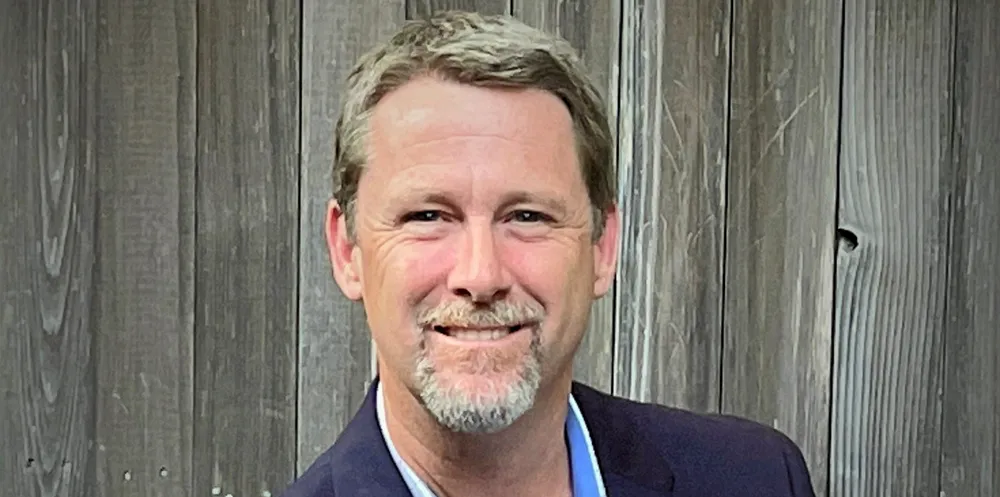The US can be a leader in aquaculture. Our plan lays the groundwork for how to get there.
Produced responsibly, as it is in the United States, farmed seafood is good for people, good for the economy, and good for the planet.

Produced responsibly, as it is in the United States, farmed seafood is good for people, good for the economy, and good for the planet.
